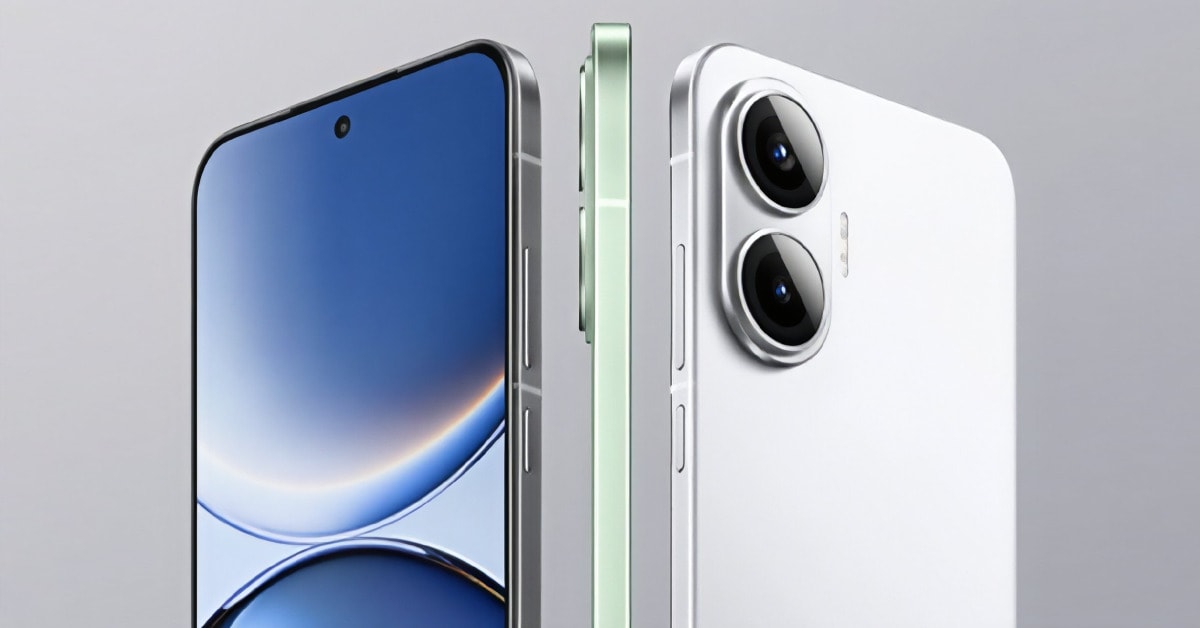
Seoul, South Korea – May 20, 2025 — Just weeks after Samsung unveiled the Galaxy S25 Edge — a razor-thin, glass-and-metal marvel of modern engineering — speculation erupted across tech forums and social media suggesting that the device was a direct response to Apple’s upcoming iPhone 17 Air. Now, in a rare and pointed statement, Samsung has addressed those rumors head-on.
A Battle of Designs or Coincidence?
Samsung’s newest flagship, the Galaxy S25 Edge, was revealed earlier this month during an extravagant showcase in San Francisco. Its seamless edges, paper-light form factor, and AI-powered UX enhancements immediately drew comparisons to Apple’s rumored iPhone 17 Air — a device yet to be officially unveiled but widely leaked as Apple’s thinnest and lightest iPhone to date.
The timing was suspect, according to industry watchers. “With Apple pushing the envelope on ultra-slim designs, it was natural for consumers to assume Samsung was reacting,” said Linh Tran, a mobile technology analyst at Global Insights Group.
But Samsung begs to differ.
“We began developing the S25 Edge long before any public knowledge of a device like the iPhone 17 Air existed,” said Hyeon-woo Kim, Head of Mobile Design Strategy at Samsung Electronics, in an exclusive roundtable with select media.
“We are innovating on our own terms, driven by user needs, environmental sustainability, and a long-term vision — not by Apple’s shadow.”
Inside Samsung’s Development Timeline
According to internal documents viewed by reporters, Samsung’s design prototypes for the S25 Edge date back to late 2023, with early 3D models finalized by Q2 2024. The Edge project was part of a broader initiative called “Project Feather,” aimed at developing ultra-light mobile hardware for the next era of wearable-augmented computing.
“We wanted the Edge series to be more than just slimmer — we reengineered the entire thermal management system, introduced new display tech that’s 30% thinner, and shifted to an eco-alloy chassis for weight savings,” Kim added.
What Makes the Galaxy S25 Edge Stand Out
The S25 Edge has been praised not only for its aesthetics but also for what lies beneath. Key features include:
-
7.2mm edge-to-edge profile with an OLED Infinity Horizon Display
-
Titanium-infused frame that weighs just 156 grams
-
Exynos 2500 AI chipset with integrated real-time language translation
-
Dynamic Battery Saver AI that extends battery life by predicting usage patterns
-
Galaxy Link: seamless syncing with Galaxy Tabs and Buds for multi-device interaction
Critics have already declared it one of the most complete smartphones of the year.
“Samsung didn't just go thin for vanity — the S25 Edge is a masterclass in compact power,” wrote Vanessa Zhou, Senior Editor at MobileTech Weekly.
iPhone 17 Air: The Elephant in the Room
Apple’s iPhone 17 Air remains largely under wraps, but credible leaks hint at a radical redesign with a 6.3mm frame, no physical buttons, and a graphene battery system. Though Apple has not officially confirmed these details, the rumors have generated intense excitement among tech enthusiasts.
Many believe Apple’s move into the “Air” branding for iPhones signals a broader trend — mimicking the MacBook Air’s ethos of elegance and minimalism. This narrative has only fueled comparisons with the S25 Edge, despite Samsung’s protestations.
Interestingly, several Apple-focused forums speculated that the sudden surge in Galaxy S25 Edge marketing — including digital billboards in Cupertino and a feature in Wired magazine titled “The Thinnest Samsung Ever” — was a direct jab at Apple’s strategy.
The Verdict from Fans and Experts
On Reddit, Twitter, and YouTube, fans have been divided.
“Looks like Samsung is chasing Apple again,” one user posted on r/Android.
“But the S25 Edge is so well-executed, who cares?” another responded.
In contrast, many experts argue that tech companies often follow parallel innovation paths. “It’s not about copying — it’s about converging goals,” says Dr. Aaron Patel, Professor of Industrial Design at Stanford University. “Consumers want thinner, lighter, smarter — and both companies are responding in different ways.”
What’s Next for Samsung?
Despite the comparisons, Samsung seems unfazed. If anything, the company is doubling down on Edge branding, signaling a potential shift in its flagship lineup.
“Edge isn’t just a side feature anymore — it’s our vision of where phones are going: boundaryless, invisible, and embedded in your daily life,” said Hyeon-woo Kim.
The company also hinted at possible future variants of the Edge line — including a foldable Edge Flex and a more rugged Edge Max aimed at enterprise users.
Conclusion: Rivalry or Shared Vision?
Whether Samsung was influenced by the whispers of iPhone 17 Air or not, one thing is clear: The Galaxy S25 Edge stands tall — or rather, thin — on its own merit. While comparisons are inevitable in a market dominated by two tech titans, innovation rarely happens in a vacuum. And in 2025, the race isn’t just to be first — it’s to be unforgettable.
In a world where design and performance are constantly evolving, the true winners are the users — the ones holding the power of tomorrow in their palm.